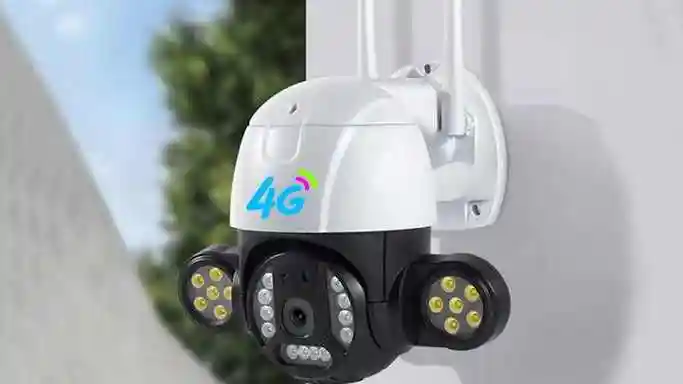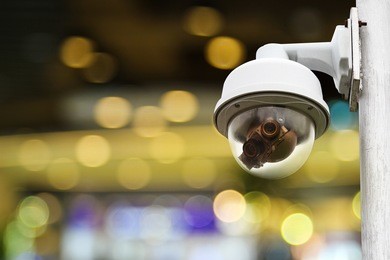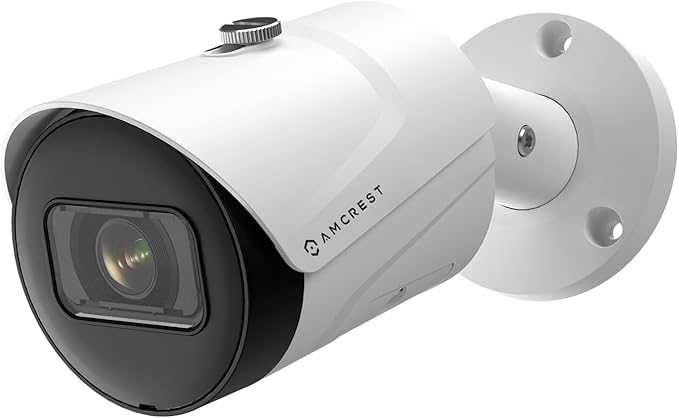5 Tips for Selecting Cameras for Outdoor Security in 2025

1. Strategic Placement: Cover Key Outdoor Areas
Focus on Entry Points and Vulnerabilities
Install cameras at all exterior doors, garage entrances, and ground-floor windows. For instance, position one above the front door to capture visitors and prevent package thefts, and place another near the backyard fence to monitor unauthorized access.
Yard and Perimeter Coverage
For large properties, ensure driveways, garden paths, and blind spots (like areas behind trees or sheds) are covered. Use panoramic or multi-lens cameras to minimize the number of devices, making sure each camera has a clear view of the surrounding area.
Height and Angle Considerations
Mount outdoor cameras 8–10 feet above the ground to prevent tampering and capture faces and license plates. Tilt the lens slightly downward to avoid sun glare and ensure the camera records details like clothing textures or vehicle features.

2. Technical Specifications: Durability and Performance
Weatherproof and Vandal-Resistant Design
Look for cameras with an IP65 or higher rating (waterproof and dustproof) to withstand rain, snow, and extreme temperatures. Metal casings and shatterproof lenses add an extra layer of vandal resistance, ideal for high-risk zones.
Long-Range Night Vision
Infrared (IR) LEDs with a range of 100+ feet ensure clear footage in the dark. For rural areas, consider cameras with spotlight functions that activate on motion, illuminating the scene and deterring intruders simultaneously.
Wide Dynamic Range (WDR)
WDR technology balances bright and dark areas, preventing overexposure in sunlight (e.g., glare from car headlights) and underexposure in shadows. This is crucial for capturing sharp details in high-contrast outdoor environments.
REALTD: Voice Assistant Showdown: Who is Your Best Smart Home Companion?
3. Legal and Privacy Boundaries
Respect Neighboring Privacy
Avoid pointing cameras at neighbors’ yards, windows, or private spaces (such as swimming pools or patios). Check local laws on outdoor surveillance—some regions restrict cameras that record beyond your property line, even for security purposes.
Transparent Communication
Notify neighbors about camera installation to prevent conflicts. A simple message like, "I’ve installed a security camera focused on my driveway to protect packages" fosters goodwill and aligns with community norms.

4. Advanced Detection and Alerts
AI-Powered Human and Vehicle Detection
Modern cameras use AI to distinguish between humans, animals, and vehicles, reducing false alerts from wildlife or falling leaves. Customizable zones let you prioritize alerts for specific areas, such as the driveway over the garden.
Two-Way Audio with Siren Function
Cameras with built-in speakers allow you to warn intruders remotely, while integrated sirens or alarms can be triggered to deter threats. For example, if a trespasser enters the yard, your voice through the camera or a loud alarm can prompt them to leave.
5. Power and Storage Solutions
Solar-Powered and Battery Options
For areas without easy access to electricity, choose solar-powered cameras with rechargeable batteries (lasting 3–6 months). Look for models with high-efficiency solar panels to ensure continuous operation, even in low-light conditions.
Secure Storage Options
Opt for cloud storage with end-to-end encryption for outdoor cameras, as local SD cards may be vulnerable to theft. Some providers offer free basic storage (e.g., 24-hour footage) with upgrade options for longer retention periods.
RELATED: Top Smart Doorbell Cameras Reviewed

Final Takeaway
- The best outdoor security camera combines durable weatherproofing, smart detection, and strategic placement to protect your property.
- Adapting these tips to your yard’s layout and security needs helps deter threats, monitor activities, and bring peace of mind—all while abiding by legal and privacy boundaries.
- Ultimately, the right camera acts as a silent guardian, offering 24/7 visibility of your outdoor space even when you’re away.
RELATD 1: Top-Rated Home Security Systems of 2025: Trusted Picks by Our Experts
RELATD 2: Build Your Own Smart Home Security System : A Complete Beginner's Guide

